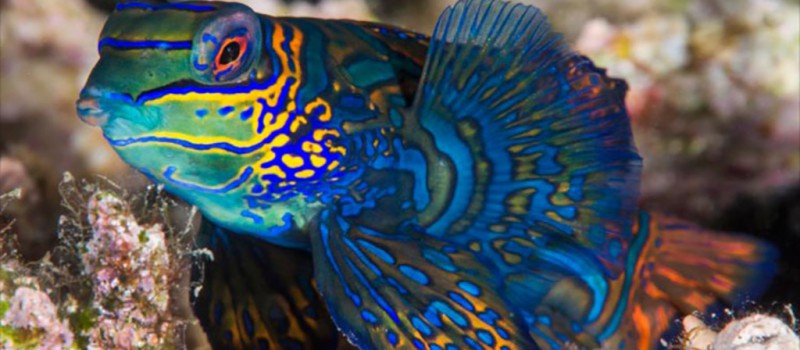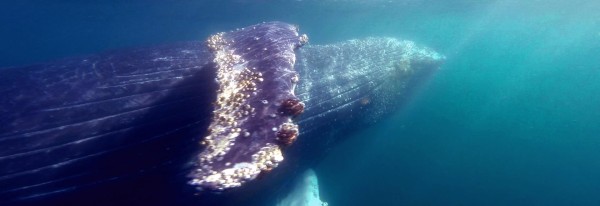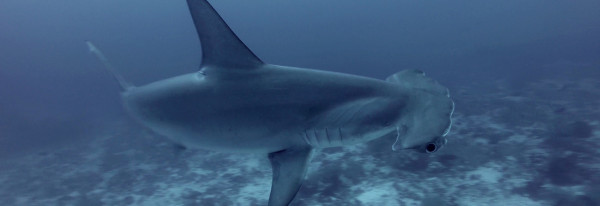When a diver thinks about Indonesia, one of the most immediate association he will make in his mind is with ‘’Biodiversity’’; this part of the world, in fact, is extremely famous for his great biodiversity: thousands of corals and fish populate this region.
One of the most famous place in Indonesia, with no doubt, is Raja Ampat.
Raja Ampat is the western point of the biggest island in the world, the New Guinea and it is politically divided in two parts: the south part is the ‘’Papua New Guinea’’ and it is an independent country; the north part is ‘’Papua’’ or ‘’Raja Ampat’’.
Raja Ampat (literally ‘’the 4 kings’’) is divided into seven different protected marine areas.
Certainly the underwater share of this great place is the better known because it is considered the epicenter of the marine biodiversity!
Just to give some numbers characterizing this place:
- 1,628 species of reef fish in the Bird’s Head Seascape
- 1,430 species of reef fish in Raja Ampat
- 42 species of endemic reef fish found only in the Birds Head Seascape
- 603 species of hard coral recorded in the Bird’s Head Seascape
- 75% of all known coral species in the world
- 10 times the number of hard coral species found in the entire Caribbean
- 57 species of Mantis Shrimp in the Birds Head Seascape
- 13 species of Marine Mammals in the Bird’s Head Seascape
- 5 species of endangered sea turtles in the Bird’s Head Seascape
The reasons of this great variety are many, but the most important one is because of the marine natural currents connecting Raja Ampat with the others Countries that are part of the famous ‘’Triangle of the coral’’: East Timor, Salomone Islands, Philipphines Isands, Malaysia, New Guinea and Indonesia. For this reason Raja Ampat can be considered as localized in a privileged position.
Not only the underwater side of this place is full of life: the islands are completely covered by a luxuriant vegetation and the beaches are leaving the visitor breathless, because of the clearest of the waters and the whitest of the sands!
The most big and famous islands are Batata, Waigeo and Gam.
If we want to describe the underwater part of Raja Ampat, as mentioned before, we must use the word ‘’Biodiversity’’: it is not only peculiar for the diversity of species, but also for the variety of the dive sites. There are some areas where soft corals and sea fans dominate, other with amazing different hard corals, seagrass beds, mangroves, shallow reefs, drop offs, caves, black sand and white sand; big schools of fish can be spotted here: they are populated by many fish, of more shapes and sizes than anywhere else in the world, from Pygmy Seahorses to top predators.
In many places brightly colored soft corals can be found close to the surface which, illuminated by natural sunlight, make these dive sites spectacularly colorful.
The reefs in Raja Ampat just explode with life
Raja Ampat is huge, 50,000 sq. km, with hundreds of islands and an astounding diversity of habitats, which translates to wildly different diving experiences: from pelagic drift dives to magic muck dives and even some habitats that are special to Raja Ampat such as clear water mangroves with corals growing right next to them!
There are thousands of potential dive sites and the exploration is ever ongoing: on every trip there are chances for new and amazing discoveries. Even on a whole 2 weeks trip you will only be able to see part of what Raja Ampat has to offer.
This place, as you can easily imagine, is heaven for underwater photography with magnificent hard and soft corals, clear water and a teeming reef life. These islands are very rich in macro life with just about all of the kind of critters you can dream of!
The Raja Ampat’s dives are also great for big fish action with pelagic fish everywhere such as the Giant Trevally or the Dogtooth Tuna. You can spot many Sharks too, mainly Blacktip and Whitetip reef Sharks but also the strange and beautiful Wobbegong Shark.
Manta Rays are common too and there are amazing dive sites such as Manta Ridge and Manta Sandy to notice them! The very rare Dugong has been spotted several times too. From the boat it is not rare to see dolphins playing or a whale passing by!
Weather and dive conditions
Regarding the weather conditions, Raja Ampat offers year round good conditions for diving and snorkelling. Water temperature is a constant 28°- 30°C / 82°-86°F and underwater visibility varies between 15 and 30m / 50 and 100ft. The current varies from none to very strong depending on the location. Many dives are drift diving, for example the spot called the Passage is really impressive when the current is fierce!
The depth ranges from 10 m to 40 m and most of the dives are quite easy but due to the remoteness of the islands, this destination is more suitable for experienced divers.
Best time to go
The best time of the year to be going there is from mid-October to mid-December; Mid-June to mid-September can have intense winds and therefore with horizontal rain. Most of the liveaboards pull out of Raja Ampat during that season and locate themselves in other areas where the weather will likely be nicer. Even many of the resorts in Raja Ampat and the Moluccas close during that period of time. If you can only take your holiday in June-September, other parts of Indonesia can be a better choice!
However for the diving alone and your time underwater, there is really no best season for being underwater in Raja Ampat! It can really be considered as one of the top diving destinations in the world!
How to dress?
Due to the good weather conditions that you can find here, the water is constantly warm all year long. For this motivation you can wear just a 3 mm swimsuit or if you’re are particularly warm a shorty will be enough.
Best diving sites
Northern region
Kri Island – Sardines: it is always been one of the favourite dive site among the Indonesia liveaboards of Raja Ampat. Probably you won’t find sardines here but the amount of fish that you will find is plenty enough you won’t believe your own eyes!
Those who have dived here will tell with great enthusiasm about the incredible number of fish here. Here you can easily spot great schools of trevallies and tuna in numbers that practically could obscure the sun.
The Corner: this is one of the most famous ‘’drift-dive’’ that you can enjoy in this place; here you should be prepared for a bit of current because this dive site is on the southwest side of Waigeo and this part is very exposed to it. But the current can be your friend since it will bring all the fish closer to the reef in search of food and if you have planned your dive in the right way, you will not have to fight it.
White tip and black tip reef sharks can be spotted, but they are very shy so make sure your camera is ready to shoot. Wobbegong sharks are sometimes seen on the slope and they are a lot easier to photograph since they used to lie on the bottom.
Central region
Jef Fam Group: The Jef Fam is a stunning group of a dozen limestone islands and islets, lying directly west of Batanta Island. Here you can enjoy the incredible view of many channels with shallow, bays, lagoons, beaches, cliffs and coves. The particularity of this place is that here you can make some of the most beautiful dives if you are interested in corals and reef fish.
Manta Ridge: With a name like ‘Manta Ridge’ if you are thinking about one creature that can be easily seen here, you’re right!. Every dive at this popular cleaning station is blessed by the appearance of from 5 up to 30 manta rays. You can see Manta rays at several places in the Raja Ampat islands, but this is the best place to see them while they are looping on your head.
Southern region
Boo Island: The first thing you’ll notice as you deflate your BCD and descend on this vibrant reef, is a large cave, located in shallow water where several divers can penetrate at the same time. This is usually done at the end of the dive and there is much to see before doing so.
What that is incredible here is the variety of marine creatures that you can see closer than in other places: schools of unicorn fish, surgeonfish and blue dash fusiliers swarming around you in large numbers. Also look out for less common reef inhabitants such as octopus hiding in many of the holes of the reef.
Fabiacet: Probably this is one of the most spectacular dive of the region; remember to bring your nitrox certification because this exceptional Raja Ampat island is one of those sites where you’ll be wanting to stay down for as long as your air will last.
Once you’ll jump into the water you’ll notice some pinnacles surrounded by blue waters; the waters surrounding these pinnacles and islands are very deep and clear. Here you’ll find some of the best visibility in Raja Ampat – up of 40 metres – and the fish life is truly excellent. Great hammerhead sharks can be found here, as the adjacent water is deep and they sometimes come up to shallower water to check out what the noisy, colorful rubber-clad, bubble-blowing creatures are doing in the sea. This is really one of the few place where the pelagic life is greater than the reef life! So if you like recording great videos of big, grey and sharp teeth stuff, this is the right place to be!






